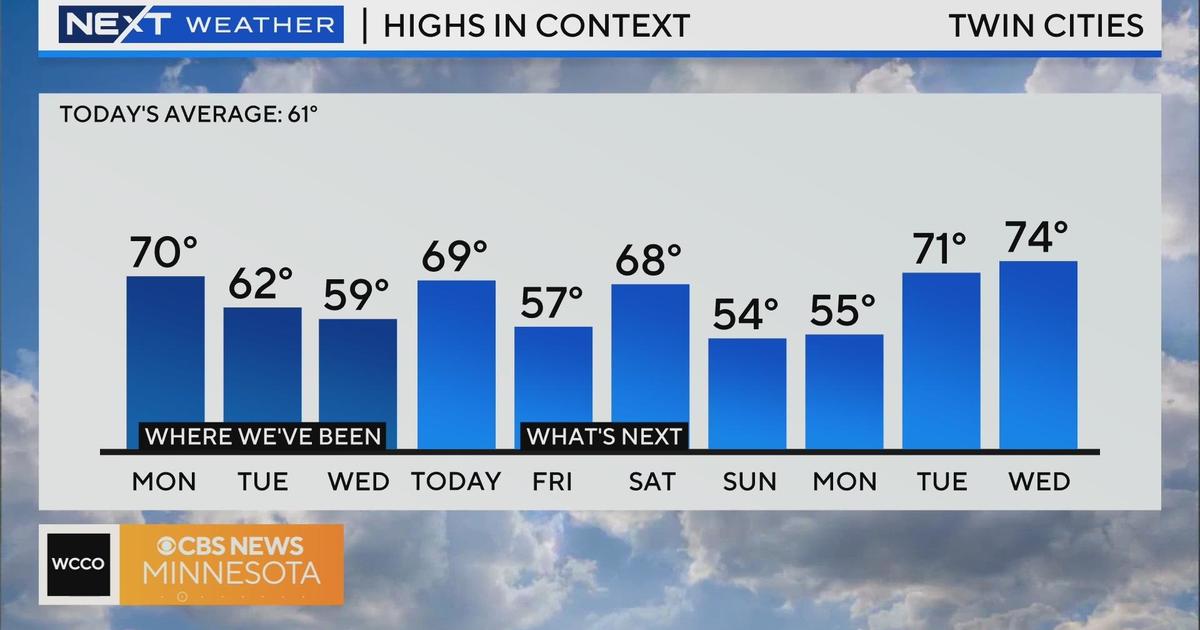About That 'Colder, Wetter Winter' Prediction
COOLER- AND WETTER-THAN-AVERAGE CONDITIONS ARE FAVORED IN MINNESOTA
On October 19th the National Oceanic and Atmospheric Administration (NOAA) issued its winter forecast for the months of December 2017, January and February 2018. While the last two winters have been well above average across Minnesota, there are signs that winter lovers may have something to look forward to this year.
A better-than-average chance of below-normal temperatures is forecast for Minnesota, particularly from January into February. At this moment, there's no strong indication as to how temperatures across Wisconsin will play out.
A better-than-average chance of above-normal precipitation is forecast for both Minnesota and Wisconsin during the December-January-February time frame.
HOW IT WORKS
Left to pure luck alone there's an "equal chance" that temperature or precipitation in any location could be above average, near average, or below average over the course of the winter. So, to think of it another way, there's a 33.33% chance that the seasonal average will end up in either the above-, near-, or below-normal category. Sometimes a long-term weather pattern will emerge and nudge the chances in one of these categories.
Prediction of long-range weather patterns is based solidly in science, and upon our understanding of global weather and ocean patterns. El Nino and La Nina probably the most-talked-about and well-known of these patterns, for good reason; they're two very important and slow-evolving ocean patterns that influence weather worldwide.
"If La Nina conditions develop, we predict it will be weak and potentially short-lived, but it could still shape the character of the upcoming winter," said Mike Halpert, deputy director of NOAA's Climate Prediction Center. "Typical La Nina patterns during winter include above average precipitation and colder than average temperatures along the Northern Tier of the U.S. and below normal precipitation and drier conditions across the South."
WHAT COULD GO WRONG?
Other patterns that are quicker to evolve (and therefore harder to predict in advance) can also be big players in seasonal forecasts, and can throw off the predictions of even the most skillful forecasters. The Arctic Oscillation (AO) and North American Oscillation (NAO), for example, can send a southward surge of arctic air that puts the U.S. in a deep freeze for weeks at a time... but can only be forecast reliably a few weeks in advance.
Increasingly we've seen these patterns get 'stuck' over certain areas for long periods of time; these patterns also seem to be recurring over the same areas repeatedly during the course of a season. This type of behavior is consistent with what we expect from climate change, and has the overall effect of making long-range seasonal forecasting more complicated than it used to be.
NOAA's Climate Prediction Center will release an updated seasonal forecast throughout the winter. The next update will be issued on November 16, 2017.



